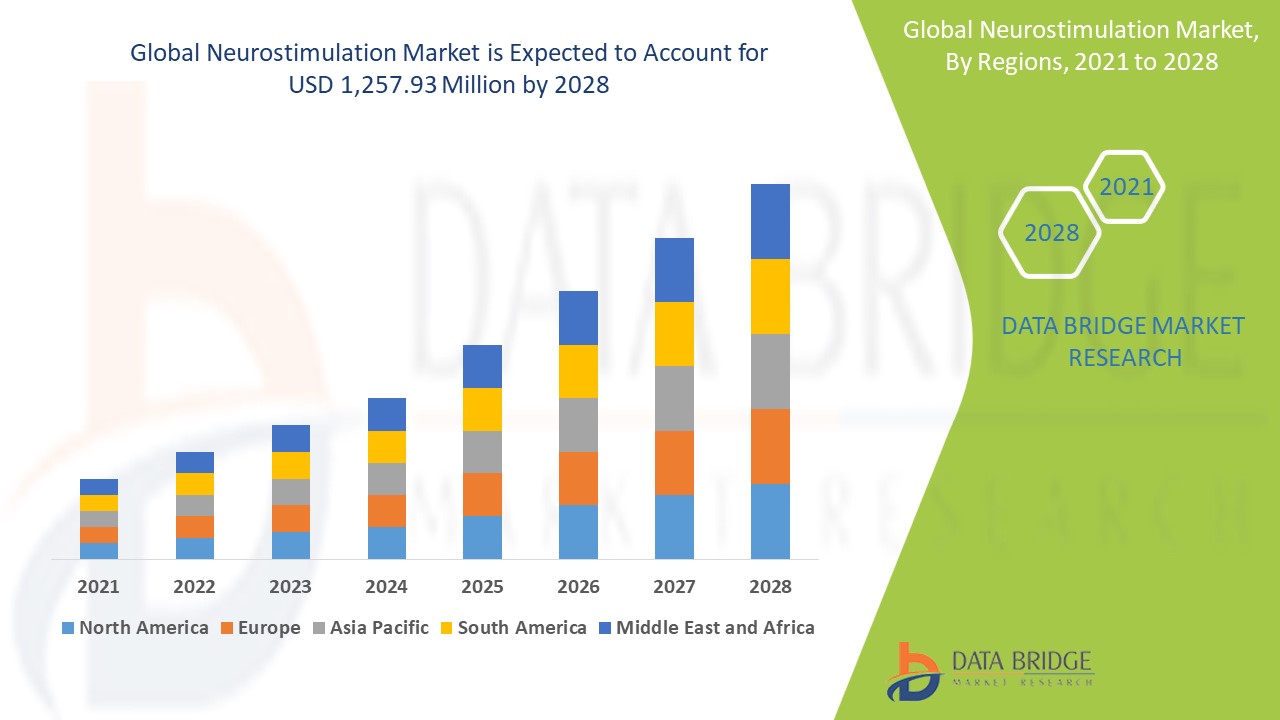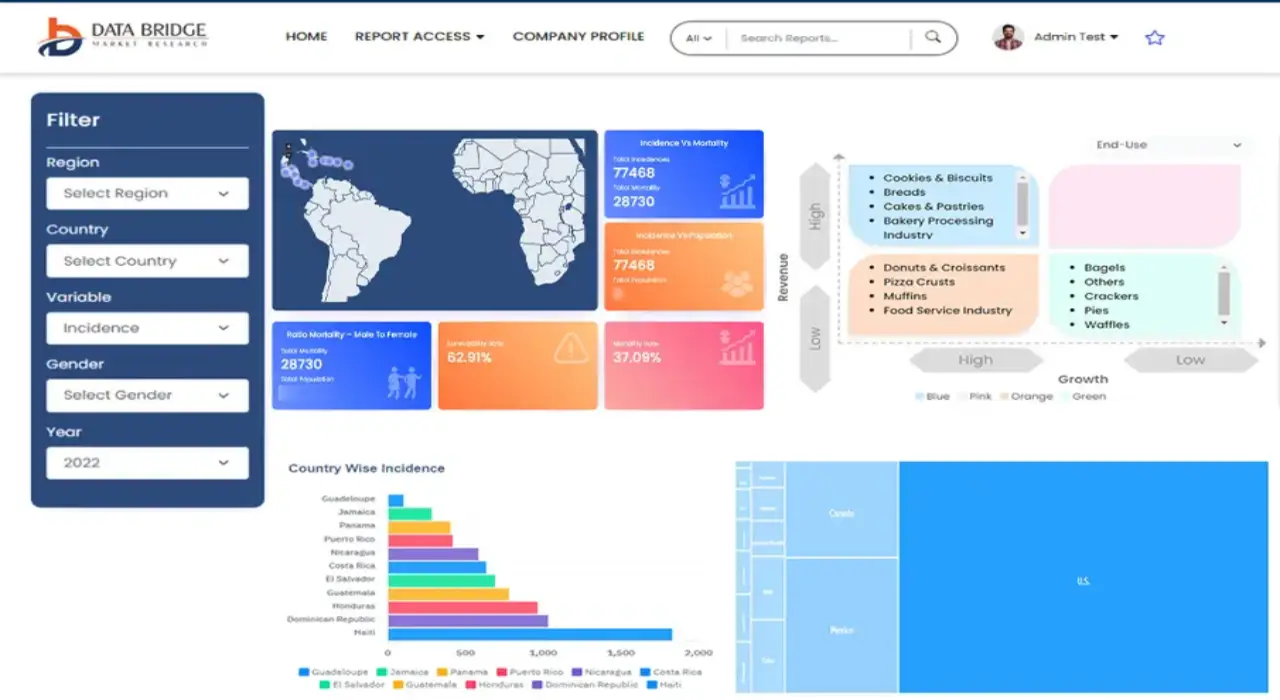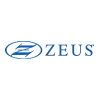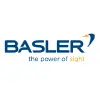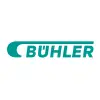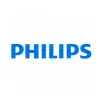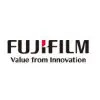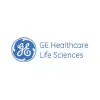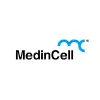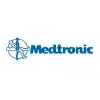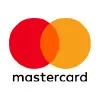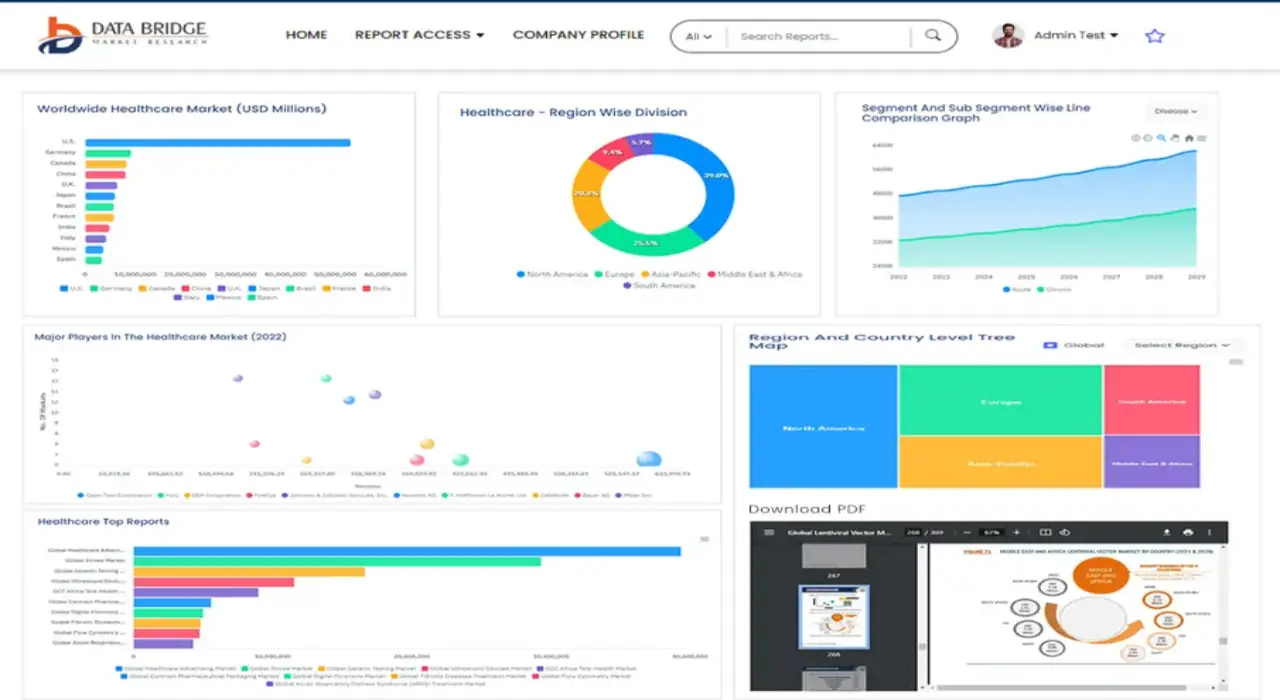Global Neurostimulation Market
Market Size in USD Billion
CAGR :
% 
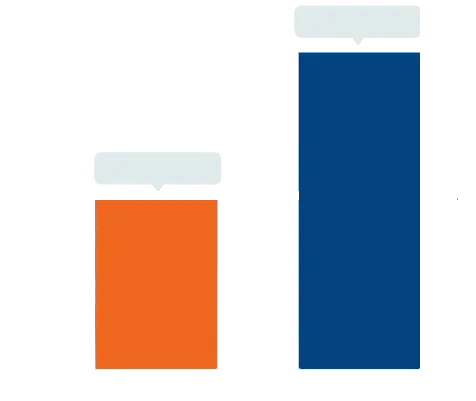 USD
69.98 Billion
USD
181.23 Billion
2024
2032
USD
69.98 Billion
USD
181.23 Billion
2024
2032
| 2025 –2032 | |
| USD 69.98 Billion | |
| USD 181.23 Billion | |
|
|
|
|
Global Neurostimulation Market Segmentation, By Product (Spinal Cord Stimulators, Deep Brain Stimulators, Sacral Nerve Stimulators, Vagus Nerve Stimulators, Gastric Electric Stimulators, and Others), Application (Pain Management, Epilepsy, Essential Tremor, Urinary and Fecal Incontinence, Depression, Dystonia, Gastroparesis, Parkinson's Disease, and Others) – Industry Trends and Forecast to 2032
Neurostimulation Market Analysis
The neurostimulation market is experiencing significant growth, driven by advancements in neurotechnology and an increasing prevalence of neurological disorders such as Parkinson’s disease, epilepsy, and chronic pain. Neurostimulation involves the use of electrical impulses to stimulate specific parts of the nervous system, providing therapeutic benefits for conditions that are often difficult to manage with traditional treatments. Key advancements in the market include the development of minimally invasive and implantable devices, such as spinal cord stimulators, deep brain stimulators, and vagus nerve stimulators. These innovations are improving treatment outcomes and patient quality of life. For instance, Medtronic and Abbott have introduced advanced neurostimulation devices that offer longer battery life, wireless programming, and more precise targeting. In addition, the approval of newer technologies, such as closed-loop systems and wearable neurostimulators, has expanded the scope of neurostimulation therapies. The market is also benefiting from increasing awareness and the growing adoption of regenerative medicine. As these treatments gain wider acceptance, the neurostimulation market is expected to continue expanding, fueled by the demand for non-invasive and effective alternatives to traditional surgeries and medications.
Neurostimulation Market Size
The global neurostimulation market size was valued at USD 69.98 billion in 2024 and is projected to reach USD 181.23 billion by 2032, with a CAGR of 12.63 % during the forecast period of 2025 to 2032. In addition to the insights on market scenarios such as market value, growth rate, segmentation, geographical coverage, and major players, the market reports curated by the Data Bridge Market Research also include depth expert analysis, patient epidemiology, pipeline analysis, pricing analysis, and regulatory framework.
Neurostimulation Market Trends
“Growing Shift towards Minimally Invasive Devices”
One key trend driving the neurostimulation market is the growing shift towards minimally invasive devices that offer longer-lasting results with reduced risk and recovery time. Spinal cord stimulators and deep brain stimulators, for instance, are now being designed with advanced features such as wireless programming and closed-loop systems that automatically adjust stimulation based on real-time feedback from the body. This trend is especially evident in products such as Medtronic’s Intellis™ spinal cord stimulation system, which offers longer battery life and patient-controlled adjustments for personalized therapy. Such innovations are transforming treatment for chronic pain, Parkinson’s disease, and epilepsy, making neurostimulation therapies more effective and accessible. In addition, as wearable neurostimulators gain traction, patients benefit from non-invasive, at-home treatment options, further expanding the appeal of neurostimulation. With advancements in device technology, the market is expected to continue to grow, driven by the need for more precise, personalized, and non-surgical alternatives to traditional treatments.
Report Scope and Neurostimulation Market Segmentation
|
Attributes |
Neurostimulation Key Market Insights |
|
Segments Covered |
|
|
Countries Covered |
U.S., Canada and Mexico in North America, Germany, France, U.K., Netherlands, Switzerland, Belgium, Russia, Italy, Spain, Turkey, Rest of Europe in Europe, China, Japan, India, South Korea, Singapore, Malaysia, Australia, Thailand, Indonesia, Philippines, Rest of Asia-Pacific (APAC) in the Asia-Pacific (APAC), Saudi Arabia, U.A.E., South Africa, Egypt, Israel, Rest of Middle East and Africa (MEA) as a part of Middle East and Africa (MEA), Brazil, Argentina and Rest of South America as part of South America |
|
Key Market Players |
Medtronic (Ireland), Abbott (U.S.), Boston Scientific Corporation (U.S.), LivaNova PLC (U.K.), Nevro Corp. (U.S.), Neuronetics (U.S.), Laborie (Canada), Johnson & Johnson Services, Inc. (U.S.), NeuroPace, Inc. (U.S.), NeuroSigma, Inc. (U.S.), NDI Health Care LLC (U.S.), BioControl Medical (Israel), Synapse Biomedical Inc. (U.S.), Biegler GmbH (Germany), Modulus, Inc. (U.S.), and Integer Holdings Corporation (U.S.) |
|
Market Opportunities |
|
|
Value Added Data Infosets |
In addition to the insights on market scenarios such as market value, growth rate, segmentation, geographical coverage, and major players, the market reports curated by the Data Bridge Market Research also include depth expert analysis, patient epidemiology, pipeline analysis, pricing analysis, and regulatory framework. |
Neurostimulation Market Definition
Neurostimulation refers to a medical treatment that involves the use of electrical impulses to stimulate specific parts of the nervous system to treat various conditions, particularly those related to chronic pain, neurological disorders, and psychiatric conditions. This technique typically involves implanting a device, such as a spinal cord stimulator, deep brain stimulator, or vagus nerve stimulator, which delivers controlled electrical signals to targeted nerves or regions of the brain.
Neurostimulation Market Dynamics
Drivers
- Increasing Prevalence of Neurological Disorders
The increasing prevalence of neurological disorders is a significant driver of the neurostimulation market. For instance, Parkinson’s disease, which affects approximately 10 million people worldwide, has seen a steady rise in cases as populations age, increasing the demand for effective treatments such as deep brain stimulation (DBS). Similarly, the number of individuals diagnosed with epilepsy continues to grow, with an estimated 50 million people globally living with the condition, further driving the need for innovative therapies such as vagus nerve stimulation (VNS). Chronic pain, which affects about 20% of adults worldwide, is another major condition contributing to the demand for spinal cord stimulation (SCS) therapies. In addition, depression, affecting over 264 million people globally, has led to an increasing reliance on neuromodulation therapies such as repetitive transcranial magnetic stimulation (rTMS). As the incidence of these conditions rises, the demand for non-invasive, effective, and long-term treatment solutions such as neurostimulation devices continues to grow, making it a crucial driver for market expansion.
- Growing Awareness and Acceptance of Neurostimulation Therapies
Growing awareness and acceptance of neurostimulation therapies are playing a pivotal role in driving the expansion of the market. As patients and healthcare providers become more educated about the benefits of neurostimulation over traditional treatments such as surgery or medication, the adoption of these therapies is rising. For instance, spinal cord stimulation (SCS), once primarily used for severe chronic pain conditions, is now gaining traction for a variety of uses, such as for patients with failed back surgery syndrome and complex regional pain syndrome. In the U.S., the approval of devices such as Medtronic’s Intellis SCS system has garnered significant attention, with increased patient referrals driven by positive outcomes and minimal side effects compared to invasive surgeries. Moreover, deep brain stimulation (DBS) for Parkinson’s disease has become widely accepted as an effective alternative for patients who do not respond well to medication, further fueling the market. As both patients and healthcare professionals recognize the long-term benefits and non-invasive nature of neurostimulation devices, the demand for these therapies continues to grow, reinforcing this as a key market driver.
Opportunities
- Increasing Technological Advancements in Neurostimulation Devices
Technological advancements in neurostimulation devices are significantly driving market growth by enhancing the effectiveness, safety, and overall patient experience. Innovations such as minimally invasive procedures, wireless programming, and closed-loop systems are transforming neurostimulation therapies, making them more efficient and accessible. For instance, Medtronic's Intellis™ spinal cord stimulator offers longer battery life and personalized stimulation that adapts to the patient’s needs in real-time, reducing the need for surgical intervention or frequent device replacements. Closed-loop systems, such as Nevro's Senza® system, adjust stimulation based on feedback from the body, providing tailored pain relief without the need for manual adjustments. In addition, wireless programming allows healthcare providers to remotely adjust settings, improving patient convenience and compliance. These advancements make treatment more effective and provide patients with a customized experience, increasing patient satisfaction and adherence. As these technologies continue to evolve, they present significant market opportunities by expanding the range of conditions treatable through neurostimulation and improving long-term treatment outcomes.
- Rising Medical Tourism
The rise in medical tourism is significantly contributing to the growth of the neurostimulation market, with countries such as India, Thailand, and Malaysia becoming popular destinations for cost-effective, high-quality neurostimulation treatments. These countries offer advanced therapies at a fraction of the cost compared to Western countries, attracting patients seeking spinal cord stimulators, deep brain stimulators, and vagus nerve stimulators. For instance, India has emerged as a hub for neuromodulation treatments, with several well-established medical centers offering spinal cord stimulation and Parkinson’s disease treatments at a lower price point than in the U.S. and Europe, while maintaining high standards of care. The affordability of these treatments, combined with access to skilled surgeons and modern healthcare infrastructure, is encouraging patients from developed countries to seek treatment abroad, further expanding the market. As medical tourism continues to grow, it presents a market opportunity for neurostimulation companies to tap into new customer bases and capitalize on the increasing demand for cost-effective treatment solutions.
Restraints/Challenges
- High Treatment Costs
High treatment costs in the neurostimulation market are primarily driven by the substantial investments required in research, technology, and infrastructure for developing and manufacturing advanced devices. These devices, such as spinal cord stimulators or deep brain stimulators, involve sophisticated technology and extensive clinical testing to ensure safety and efficacy, which significantly increases their production costs. For instance, a spinal cord stimulator can cost thousands of dollars for both the device itself and the associated surgical procedure, creating financial barriers for many patients. These high costs ultimately result in elevated prices for end-users, limiting access, especially in low-income regions where healthcare affordability is already a challenge. In countries with limited healthcare coverage or insurance access, patients may not be able to afford these treatments, leading to unmet medical needs and reliance on less effective or traditional therapies. The inability to access neurostimulation therapies due to their high cost is a significant market challenge, as it restricts the potential for widespread adoption of these potentially life-changing technologies.
- Stringent Regulatory Frameworks
Stringent regulatory guidelines imposed by agencies such as the FDA and the European Medicines Agency (EMA) are critical for ensuring the safety and efficacy of neurostimulation devices. However, these rigorous standards can also pose significant challenges for manufacturers. The approval process for neurostimulation devices involves extensive clinical trials, testing, and documentation, which can lead to longer approval timelines and increased costs. For instance, in the case of Medtronic's deep brain stimulation devices, the company faced an extended regulatory review process to demonstrate the long-term safety and effectiveness of its devices, which delayed market entry and added substantial costs. These delays in approval increase the financial burden on manufacturers but can also slow down the availability of new and potentially life-changing treatments for patients. Furthermore, the complex regulatory requirements can discourage smaller companies from entering the market, reducing competition and innovation. This regulatory complexity, while ensuring patient safety, presents a significant market challenge by driving up costs and potentially limiting market growth.
This market report provides details of new recent developments, trade regulations, import-export analysis, production analysis, value chain optimization, market share, impact of domestic and localized market players, analyses opportunities in terms of emerging revenue pockets, changes in market regulations, strategic market growth analysis, market size, category market growths, application niches and dominance, product approvals, product launches, geographic expansions, technological innovations in the market. To gain more info on the market contact Data Bridge Market Research for an Analyst Brief, our team will help you take an informed market decision to achieve market growth.
Neurostimulation Market Scope
The market is segmented on the basis of product and application. The growth amongst these segments will help you analyse meagre growth segments in the industries and provide the users with a valuable market overview and market insights to help them make strategic decisions for identifying core market applications.
Product
- Spinal Cord Stimulators
- Deep Brain Stimulators
- Sacral Nerve Stimulators
- Vagus Nerve Stimulators
- Gastric Electric Stimulators
- Others
Application
- Pain Management
- Epilepsy
- Essential Tremor
- Urinary and Fecal Incontinence
- Depression
- Dystonia
- Gastroparesis
- Parkinson's Disease
- Others
Neurostimulation Market Regional Analysis
The market is analysed and market size insights and trends are provided by country, product, and application as referenced above.
The countries covered in the market report are U.S., Canada and Mexico in North America, Germany, France, U.K., Netherlands, Switzerland, Belgium, Russia, Italy, Spain, Turkey, Rest of Europe in Europe, China, Japan, India, South Korea, Singapore, Malaysia, Australia, Thailand, Indonesia, Philippines, Rest of Asia-Pacific (APAC) in the Asia-Pacific (APAC), Saudi Arabia, U.A.E., South Africa, Egypt, Israel, Rest of Middle East and Africa (MEA) as a part of Middle East and Africa (MEA), Brazil, Argentina and Rest of South America as part of South America.
North America dominates the neurostimulation market, driven by several factors. The FDA's increased approval for clinical trials in this sector has encouraged the development of new neurostimulation devices. In addition, the rising prevalence of neurological disorders, such as Parkinson’s disease and epilepsy, has heightened demand for effective treatments. The growing awareness of neurodegenerative disorders in North America, combined with strong healthcare infrastructure, further supports the adoption of innovative neurostimulation therapies. These factors collectively contribute to the region's leadership in the global market.
The country section of the report also provides individual market impacting factors and changes in regulation in the market domestically that impacts the current and future trends of the market. Data points such as down-stream and upstream value chain analysis, technical trends and porter's five forces analysis, case studies are some of the pointers used to forecast the market scenario for individual countries. Also, the presence and availability of global brands and their challenges faced due to large or scarce competition from local and domestic brands, impact of domestic tariffs and trade routes are considered while providing forecast analysis of the country data.
Neurostimulation Market Share
The market competitive landscape provides details by competitor. Details included are company overview, company financials, revenue generated, market potential, investment in research and development, new market initiatives, global presence, production sites and facilities, production capacities, company strengths and weaknesses, product launch, product width and breadth, application dominance. The above data points provided are only related to the companies' focus related to market.
Neurostimulation Market Leaders Operating in the Market Are:
- Medtronic (Ireland)
- Abbott (U.S.)
- Boston Scientific Corporation (U.S.)
- LivaNova PLC (U.K.)
- Nevro Corp. (U.S.)
- Neuronetics (U.S.)
- Laborie (Canada)
- Johnson & Johnson Services, Inc. (U.S.)
- NeuroPace, Inc. (U.S.)
- NeuroSigma, Inc. (U.S.)
- NDI Health Care LLC (U.S.)
- BioControl Medical (Israel)
- Synapse Biomedical Inc. (U.S.)
- Biegler GmbH (Germany)
- Modulus, Inc. (U.S.)
- Integer Holdings Corporation (U.S.)
Latest Developments in Neurostimulation Market
- In December 2024, Nyxoah SA launched its Genio neurostimulator for the treatment of obstructive sleep apnea (OSA) in England. This battery-free hypoglossal neuromodulation system, inserted via an incision and controlled by a wearable device, is now available under the NHS Specialised Services Devices Programme. The first successful implants were carried out at University College London Hospitals. Nyxoah is also seeking FDA approval in the U.S. following promising results from the DREAM IDE pivotal study
- In May 2023, Abbott received FDA approval for its spinal cord stimulation (SCS) systems, designed to treat chronic back pain in individuals who are either ineligible for or have not had back surgery, known as non-surgical back pain. This new approval applies to all of Abbott's SCS products in the U.S., including the Eterna SCS platform and the Proclaim SCS family
- In April 2023, Neuspera Medical announced that the U.S. FDA had approved its next-generation Neuspera ultra-miniaturized system, which delivers neurostimulation therapy through a wireless platform. This ultra-small system aids physicians in diagnosing deeper anatomy and offers patients an improved experience
- In January 2023, Axonics, Inc. announced the FDA approval of the Axonics R20 neurostimulator, an upgraded version of its R15 model, designed to treat chronic conditions such as overactive bladder. The R20 version boasts an operational life of at least 20 years
- In June 2021, Oticon Medical, a key player in the market, revealed that the U.S. FDA had granted premarket approval for its Neuro Cochlear Implant System. The system is intended to treat individuals 18 years or older with bilateral severe-to-profound sensorineural hearing loss
SKU-
Get online access to the report on the World's First Market Intelligence Cloud
- Interactive Data Analysis Dashboard
- Company Analysis Dashboard for high growth potential opportunities
- Research Analyst Access for customization & queries
- Competitor Analysis with Interactive dashboard
- Latest News, Updates & Trend analysis
- Harness the Power of Benchmark Analysis for Comprehensive Competitor Tracking
Research Methodology
Data collection and base year analysis are done using data collection modules with large sample sizes. The stage includes obtaining market information or related data through various sources and strategies. It includes examining and planning all the data acquired from the past in advance. It likewise envelops the examination of information inconsistencies seen across different information sources. The market data is analysed and estimated using market statistical and coherent models. Also, market share analysis and key trend analysis are the major success factors in the market report. To know more, please request an analyst call or drop down your inquiry.
The key research methodology used by DBMR research team is data triangulation which involves data mining, analysis of the impact of data variables on the market and primary (industry expert) validation. Data models include Vendor Positioning Grid, Market Time Line Analysis, Market Overview and Guide, Company Positioning Grid, Patent Analysis, Pricing Analysis, Company Market Share Analysis, Standards of Measurement, Global versus Regional and Vendor Share Analysis. To know more about the research methodology, drop in an inquiry to speak to our industry experts.
Customization Available
Data Bridge Market Research is a leader in advanced formative research. We take pride in servicing our existing and new customers with data and analysis that match and suits their goal. The report can be customized to include price trend analysis of target brands understanding the market for additional countries (ask for the list of countries), clinical trial results data, literature review, refurbished market and product base analysis. Market analysis of target competitors can be analyzed from technology-based analysis to market portfolio strategies. We can add as many competitors that you require data about in the format and data style you are looking for. Our team of analysts can also provide you data in crude raw excel files pivot tables (Fact book) or can assist you in creating presentations from the data sets available in the report.

